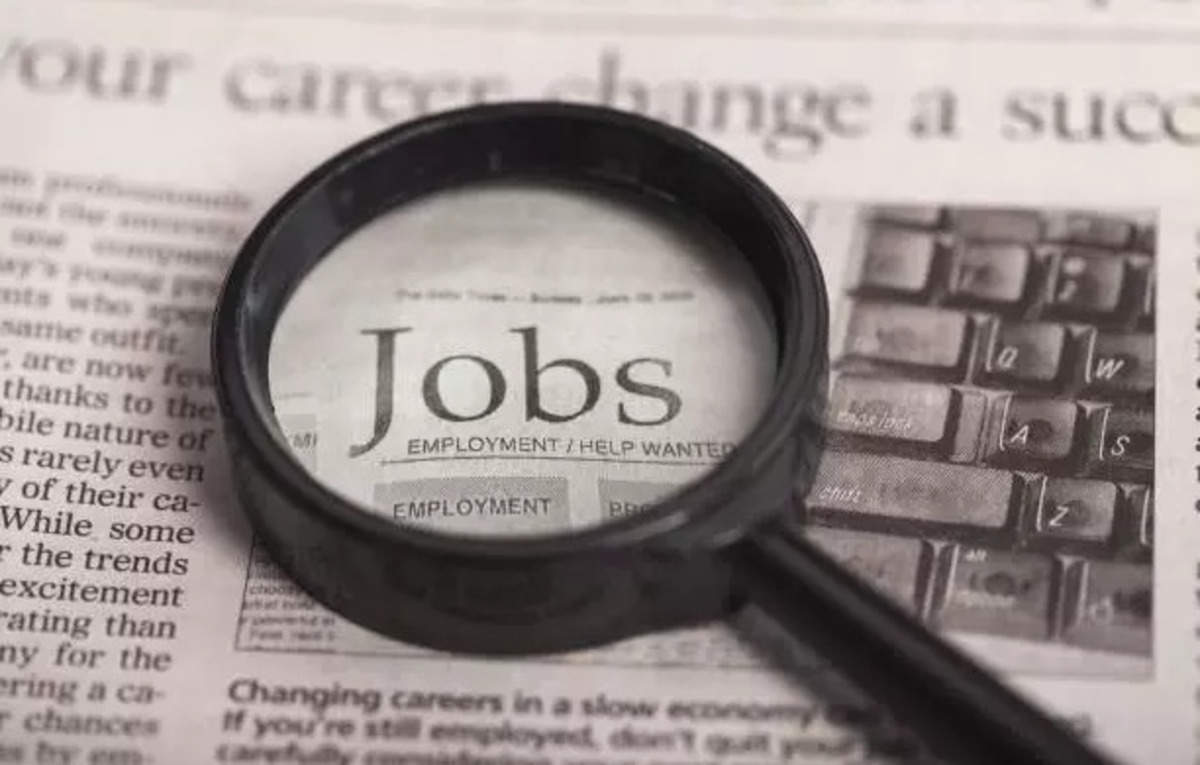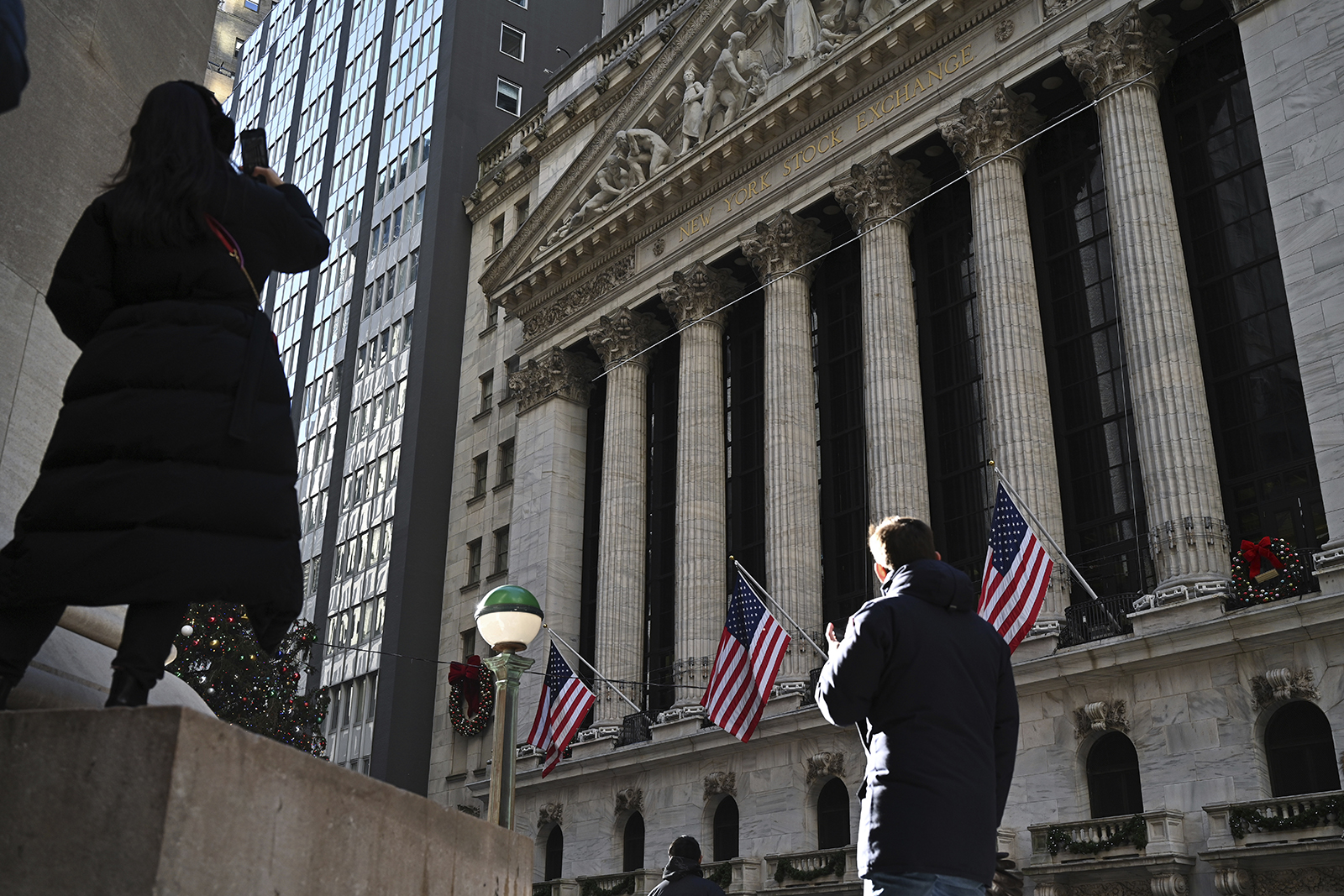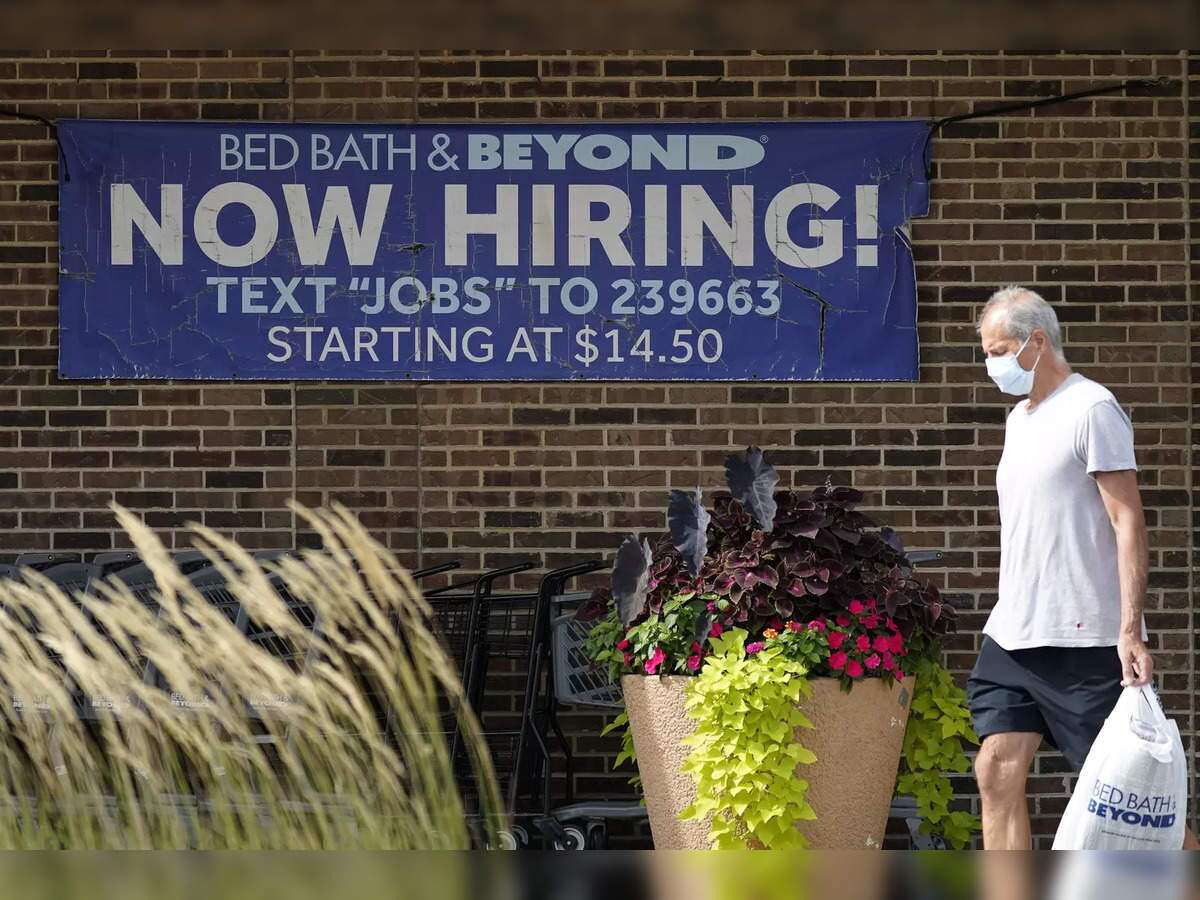In what can be seen as a complex dance between economic indicators and employment trends, the U.S. job market has demonstrated notable resilience. Despite a dip in job openings in March, where figures fell to 8.5 million—the lowest in over three years—the labor market remains robust, underscoring the underlying strength of the American economy.

Analyzing the Shift in Job Openings
This recent decrease in vacancies, as reported by the Labor Department, marks a decline from 8.8 million in February to the fewest since February 2021.
Yet, it is essential to highlight that this figure, while lower, still hovers at historically high levels. Before 2021, job openings had never consistently exceeded 8 million, a threshold surpassed for 37 consecutive months.

The Labor Force’s Response
Interestingly, the number of Americans voluntarily quitting their posts dropped to the lowest level since January 2021—a reflection of diminishing confidence in securing better employment opportunities.
However, a silver lining emerges as layoffs have also seen a decline, suggesting a stabilizing job market despite the economic pressures.
Economic Dynamics and Future Expectations
The persistence of high job openings is somewhat surprising given the Federal Reserve’s aggressive interest rate hikes initiated in March 2022, intended to curb a resurgent inflation.
Conventional wisdom suggested that higher borrowing costs would lead the economy toward recession and escalate unemployment rates. Contrary to these predictions, the economy not only sustained growth but also continued to add careers at a healthy rate.
US job openings fall to 8.5 million in March, the lowest level in more than 3 years https://t.co/tlMAH6SdAF
— The Associated Press (@AP) May 1, 2024
Growth Against the Odds
Employers have been adding an average of 276,000 jobs a month this year, a slight increase from last year’s average of 251,000. This enduring strength is particularly noteworthy given the longest streak of unemployment staying under 4% since the 1960s.
Additionally, with inflation easing from a peak of 9.1% in June 2022 to 3.5% in March, there are renewed hopes that the Federal Reserve might achieve a ‘soft landing’—decelerating the economy sufficiently to control inflation without triggering a recession.
Challenges on the Horizon
Despite the optimistic backdrop, there are signs of stalled progress, particularly concerning inflation. The consumer price increases have not shown a downward trend since October, and year-over-year figures remain significantly above the Fed’s 2% target.
This has led to a cautious stance from the Federal Reserve, which, despite earlier indications of potential rate cuts, appears to be holding off on any immediate reductions in interest rates.

A Balancing Act
The U.S. job market is currently performing a balancing act between enduring economic growth and the challenges posed by inflation and interest rate adjustments. As the landscape evolves, stakeholders from policymakers to job seekers must stay informed and adaptive.
While uncertainties loom, the demonstrated resilience of the labor market provides a cushion against potential economic shocks, fostering a cautious optimism for the future.










